Ahmed Elmagarmid
Cross Modal Data Discovery over Structured and Unstructured Data Lakes
Jun 07, 2023Abstract:Organizations are collecting increasingly large amounts of data for data driven decision making. These data are often dumped into a centralized repository, e.g., a data lake, consisting of thousands of structured and unstructured datasets. Perversely, such mixture of datasets makes the problem of discovering elements (e.g., tables or documents) that are relevant to a user's query or an analytical task very challenging. Despite the recent efforts in data discovery, the problem remains widely open especially in the two fronts of (1) discovering relationships and relatedness across structured and unstructured datasets where existing techniques suffer from either scalability, being customized for a specific problem type (e.g., entity matching or data integration), or demolishing the structural properties on its way, and (2) developing a holistic system for integrating various similarity measurements and sketches in an effective way to boost the discovery accuracy. In this paper, we propose a new data discovery system, named CMDL, for addressing these two limitations. CMDL supports the data discovery process over both structured and unstructured data while retaining the structural properties of tables.
Impact of Physical Activity on Sleep:A Deep Learning Based Exploration
Jul 24, 2016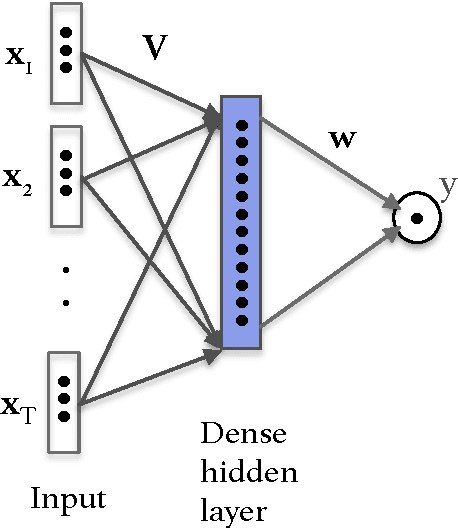
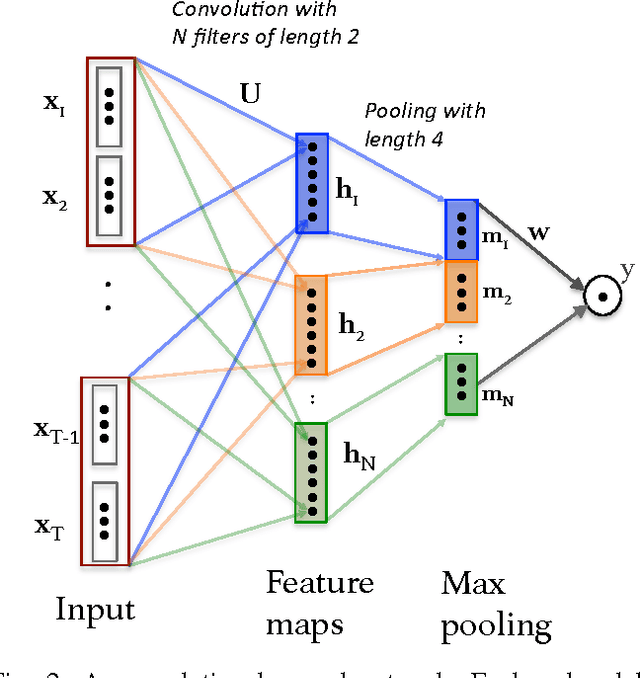
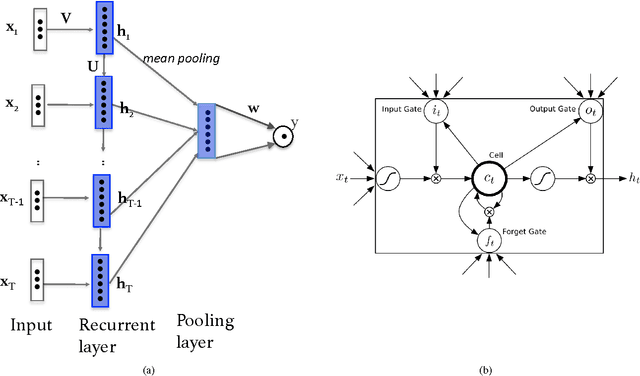
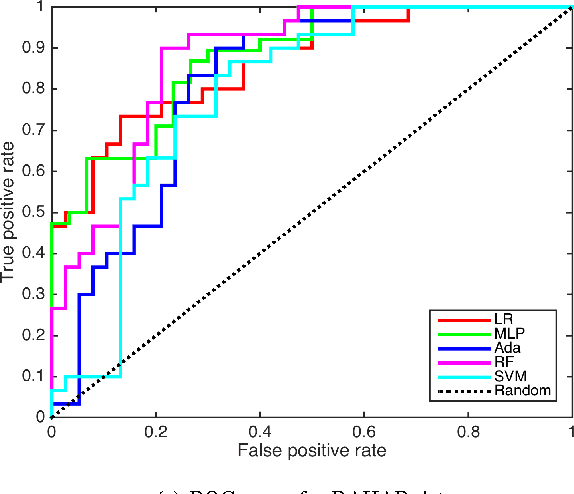
Abstract:The importance of sleep is paramount for maintaining physical, emotional and mental wellbeing. Though the relationship between sleep and physical activity is known to be important, it is not yet fully understood. The explosion in popularity of actigraphy and wearable devices, provides a unique opportunity to understand this relationship. Leveraging this information source requires new tools to be developed to facilitate data-driven research for sleep and activity patient-recommendations. In this paper we explore the use of deep learning to build sleep quality prediction models based on actigraphy data. We first use deep learning as a pure model building device by performing human activity recognition (HAR) on raw sensor data, and using deep learning to build sleep prediction models. We compare the deep learning models with those build using classical approaches, i.e. logistic regression, support vector machines, random forest and adaboost. Secondly, we employ the advantage of deep learning with its ability to handle high dimensional datasets. We explore several deep learning models on the raw wearable sensor output without performing HAR or any other feature extraction. Our results show that using a convolutional neural network on the raw wearables output improves the predictive value of sleep quality from physical activity, by an additional 8% compared to state-of-the-art non-deep learning approaches, which itself shows a 15% improvement over current practice. Moreover, utilizing deep learning on raw data eliminates the need for data pre-processing and simplifies the overall workflow to analyze actigraphy data for sleep and physical activity research.
Robust Automated Human Activity Recognition and its Application to Sleep Research
Jul 19, 2016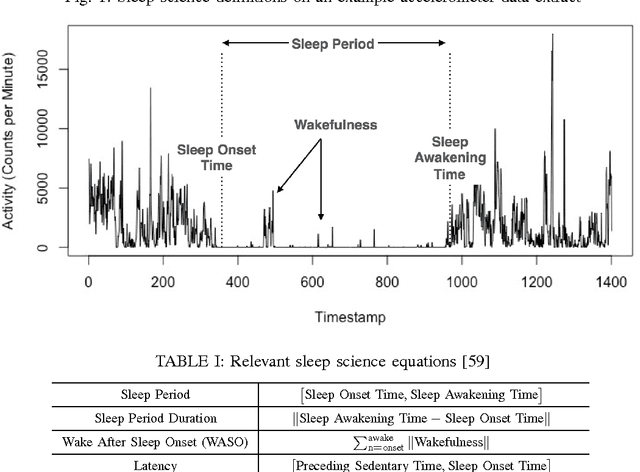
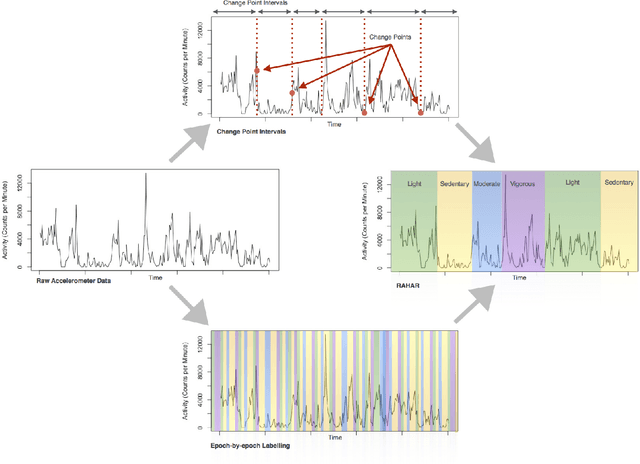
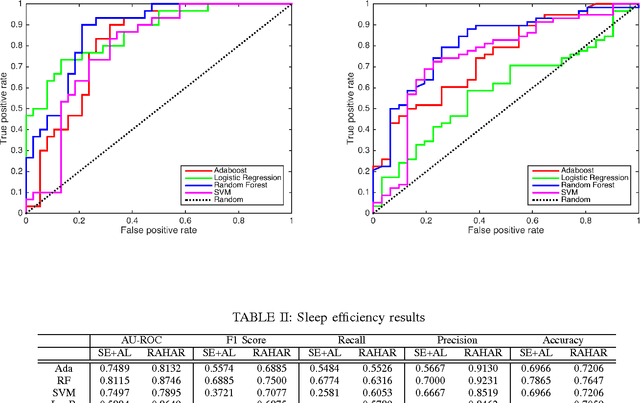
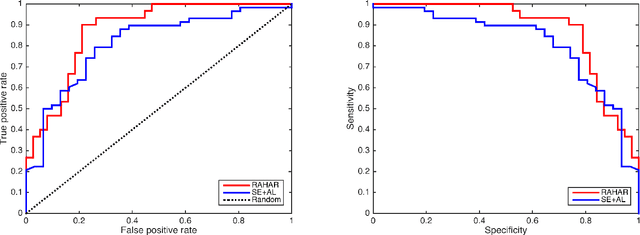
Abstract:Human Activity Recognition (HAR) is a powerful tool for understanding human behaviour. Applying HAR to wearable sensors can provide new insights by enriching the feature set in health studies, and enhance the personalisation and effectiveness of health, wellness, and fitness applications. Wearable devices provide an unobtrusive platform for user monitoring, and due to their increasing market penetration, feel intrinsic to the wearer. The integration of these devices in daily life provide a unique opportunity for understanding human health and wellbeing. This is referred to as the "quantified self" movement. The analyses of complex health behaviours such as sleep, traditionally require a time-consuming manual interpretation by experts. This manual work is necessary due to the erratic periodicity and persistent noisiness of human behaviour. In this paper, we present a robust automated human activity recognition algorithm, which we call RAHAR. We test our algorithm in the application area of sleep research by providing a novel framework for evaluating sleep quality and examining the correlation between the aforementioned and an individual's physical activity. Our results improve the state-of-the-art procedure in sleep research by 15 percent for area under ROC and by 30 percent for F1 score on average. However, application of RAHAR is not limited to sleep analysis and can be used for understanding other health problems such as obesity, diabetes, and cardiac diseases.
Parameter Database : Data-centric Synchronization for Scalable Machine Learning
Aug 04, 2015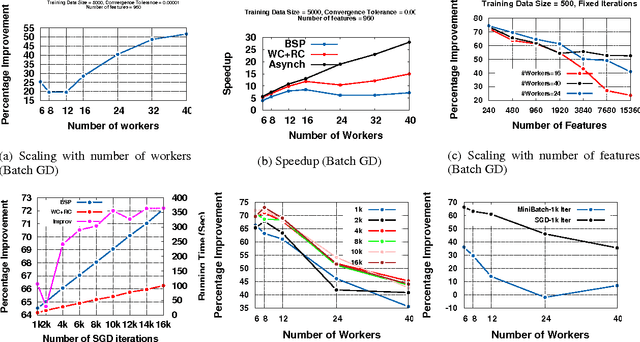
Abstract:We propose a new data-centric synchronization framework for carrying out of machine learning (ML) tasks in a distributed environment. Our framework exploits the iterative nature of ML algorithms and relaxes the application agnostic bulk synchronization parallel (BSP) paradigm that has previously been used for distributed machine learning. Data-centric synchronization complements function-centric synchronization based on using stale updates to increase the throughput of distributed ML computations. Experiments to validate our framework suggest that we can attain substantial improvement over BSP while guaranteeing sequential correctness of ML tasks.
 Add to Chrome
Add to Chrome Add to Firefox
Add to Firefox Add to Edge
Add to Edge